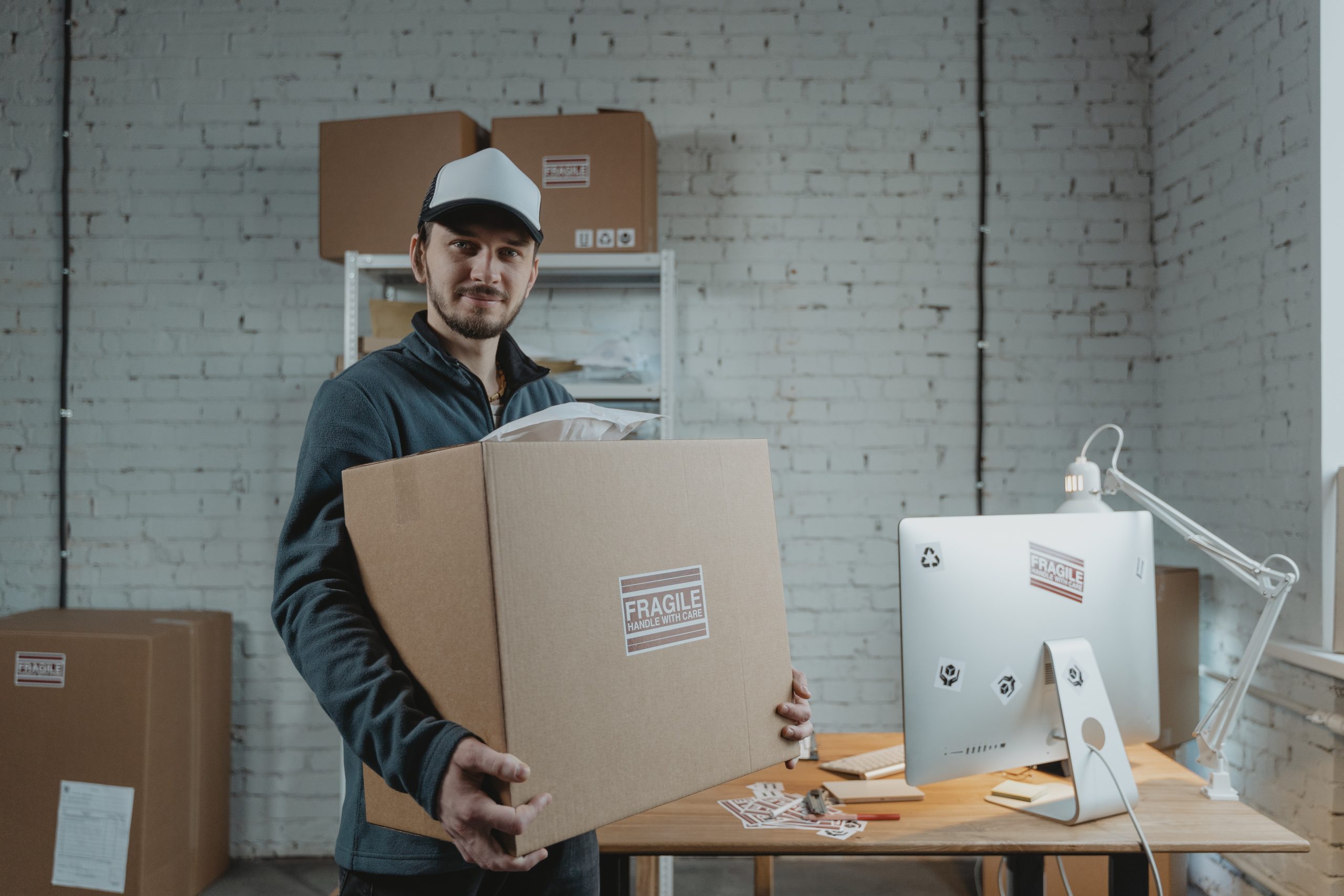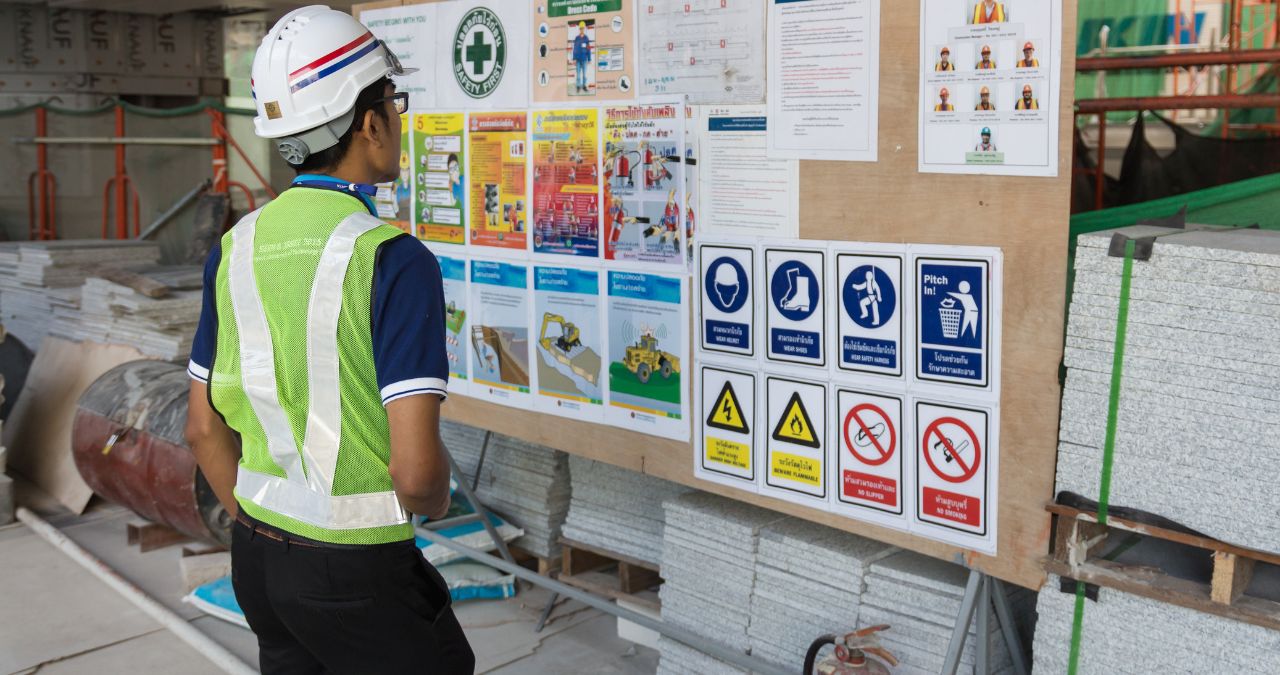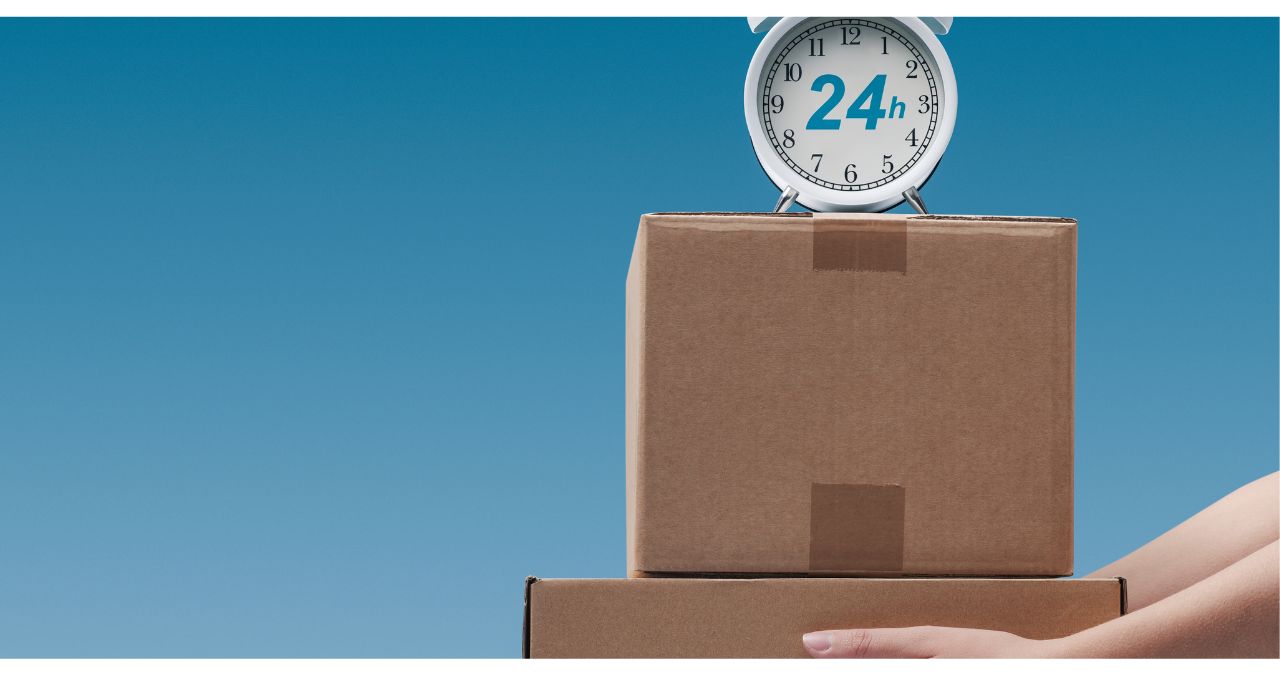The right fulfillment strategy is more than just a logistics plan. It is a critical driver of customer satisfaction, brand reputation, and long-term profitability. As your business scales, the way you store, process, and ship products needs to evolve. Whether you are launching a direct-to-consumer brand or expanding your retail footprint, fulfillment can either streamline your growth or slow it down. Understanding your options and aligning them with your operational goals is key to building a competitive edge.
Modern fulfillment strategies must account for speed, precision, and adaptability. Customers expect fast delivery, accurate orders, and clear communication throughout the process. Businesses need to respond with flexible systems, powerful integrations, and a fulfillment partner that can keep up with every shift in demand. The following fulfillment models each bring unique advantages and challenges. Selecting the right one starts with clarity around your internal capabilities and growth trajectory.
In-House Fulfillment
With in-house fulfillment, your team manages every part of the fulfillment process from storage and inventory to picking, packing, and shipping. This model gives you complete visibility and control. It works well for businesses that require hands-on attention to detail, custom kitting, or tight branding standards. It also allows for same-day turnarounds and direct quality checks.
But control comes at a cost. In-house fulfillment demands significant investment in warehouse space, labor, technology, and process development. As order volumes increase, the pressure on your team and infrastructure grows. Scaling can become complex and expensive. Businesses also face challenges during peak seasons, when demand surges and internal resources may not be enough.
To make in-house fulfillment successful, businesses need robust inventory systems, skilled operations staff, and the discipline to continuously optimize workflows. It is a strong option for brands with consistent volume, niche product requirements, or a strong local footprint.
In-house fulfillment is best suited for businesses with highly customized products, tight quality control requirements, or low-to-moderate order volumes that do not justify outsourcing. It also works well for businesses that operate in specialized markets where customer expectations are tied closely to brand presentation or unboxing experience. If maintaining full control over every order is essential to your brand promise, then managing fulfillment internally may be the right fit.
Outsourced Fulfillment
Outsourcing your fulfillment to a third-party logistics provider like MAI Fulfillment unlocks immediate scale and expertise. A tech-driven 3PL brings operational efficiency, industry best practices, and automation that most businesses cannot match on their own. It is especially valuable for fast-growing brands, omnichannel sellers, and businesses expanding into new regions.
A strong 3PL partner takes over warehouse operations, staff management, carrier negotiations, and software integration. You get real-time inventory visibility, customized packaging options, and faster shipping speeds without expanding your internal team. With dedicated support inside the warehouse, MAI Fulfillment ensures faster answers and greater accuracy.
Outsourced fulfillment frees your internal team to focus on product development, customer experience, and marketing. It removes the operational burden while improving your ability to scale efficiently. Choosing the right partner means finding one that can tailor solutions to your workflow, integrate with your platforms, and grow with your business.
Outsourced fulfillment is ideal for businesses that are scaling quickly or operating across multiple sales channels. It is a strong fit for brands with high order volumes, diverse SKUs, or complex shipping requirements. It also suits teams that want to focus on marketing, product innovation, or customer engagement rather than logistics. If speed, flexibility, and technical integration are top priorities, working with a fulfillment partner like MAI Fulfillment can deliver measurable advantages.
Dropshipping
Dropshipping allows you to sell products without ever storing or handling them. When a customer places an order, the supplier ships the product directly to them. This model eliminates the need for inventory investment and warehouse management, making it an attractive option for new businesses or those testing new product lines.
However, the simplicity of dropshipping comes with trade-offs. You give up control over inventory accuracy, packaging quality, and shipping times. Any issues with the supplier directly impact your customer experience. Branding also becomes more difficult, as you may not be able to customize packaging or include branded inserts.
To succeed with dropshipping, businesses must vet suppliers carefully, set clear expectations on lead times, and monitor order accuracy closely. It works best as part of a diversified strategy or for products with low fulfillment complexity and high supplier reliability.
Dropshipping is a good fit for startups, niche brands, or online retailers exploring new categories without committing capital to inventory. It also works well for influencers, content creators, or marketers looking to monetize an audience with curated product lines. If your focus is on speed to market, product testing, or running a lean operation, dropshipping offers a low-risk entry point into eCommerce.
Hybrid Fulfillment
A hybrid fulfillment model combines in-house fulfillment, outsourced 3PL services, and dropshipping to create a flexible, responsive operation. This approach allows you to optimize different parts of your supply chain based on product type, order volume, or customer location.
You might fulfill core products in-house to maintain control and branding while outsourcing high-volume or international orders to a 3PL. At the same time, dropshipping can help you test new SKUs or extend your catalog without taking on inventory risk. This layered approach maximizes flexibility and lets you shift resources based on real-time demand and operational constraints.
Hybrid fulfillment requires strong coordination, reliable data, and clear processes. You need to know where your inventory is, how your partners are performing, and how each fulfillment path impacts your margins. When executed well, hybrid fulfillment allows you to adapt quickly, reduce overhead, and meet customer expectations without compromising efficiency.
Hybrid fulfillment is best suited for businesses managing multiple product categories, expanding into new markets, or balancing the needs of DTC and B2B sales channels. It supports companies with a complex SKU mix or seasonally driven demand. If you need the ability to adjust quickly and deploy different fulfillment methods across your catalog, a hybrid model gives you the control and flexibility to respond in real time.
Technology Integration
Technology is the backbone of modern fulfillment. Without the right systems in place, it becomes impossible to manage inventory across locations, process orders at scale, or deliver real-time visibility. Fulfillment technology needs to be reliable, customizable, and connected to your entire tech stack.
A purpose-built Warehouse Management System like the one offered by MAI Fulfillment enables fast, accurate picking and packing. It supports barcode scanning, inventory tracking, order routing, and performance reporting. When integrated with your eCommerce platform, ERP, and shipping providers, the result is an end-to-end automated workflow.
Automation not only speeds up operations but reduces errors and improves the customer experience. With real-time data, you can make faster decisions, manage stockouts proactively, and scale confidently. Fulfillment tech should not be an afterthought. It should be the foundation of your growth.
Choosing the Right Strategy
The best fulfillment strategy is the one that supports your current goals while preparing you for the future. It should match your order volume, product type, team capabilities, and growth plans. More importantly, it should elevate your customer experience.
Start by mapping your fulfillment requirements and identifying your pain points. Consider how quickly you need to scale, what level of control you want, and how much you are prepared to invest. Then evaluate partners who bring the right mix of technology, service, and support.
At MAI Fulfillment, we tailor solutions to your needs. From high-volume automation to specialized kitting and branding, we deliver fulfillment that moves with your business. The right strategy turns fulfillment into a growth engine.




